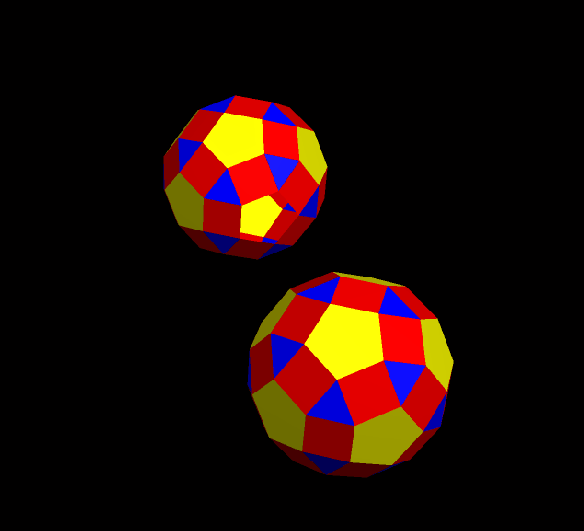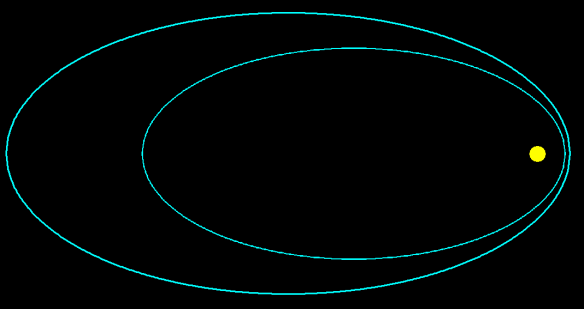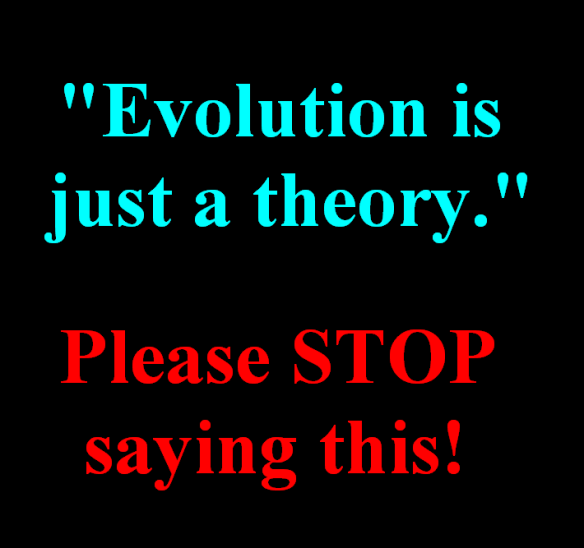
[Note: I’m currently taking a class focusing on creativity, and this was first written as an assignment for that class.]
The reason some people are creative, while others are not, is simple: we’re hybrids of pure human DNA, plus that of extraterrestrials of two types, who visited earth and interbred with the natives between 60,000 and 50,000 years ago. The first type of alien came from a planet called Itaumiped, and their hybrid descendants inherited the creative abilities of the Itaumipedeans. The other type, for similar reasons, carries DNA from the inhabitants of the nearby world Almausoped — and those from Almausoped tend be be rather bright, but also very imitatitve. For example, the creation of the comic book character Spider-Man was clearly the work of an Itaumipedean/human hybrid, but the work of grinding out numerous Spider-Man derivatives in comic books (the Scarlet Spider, Spider-Girl, that Spider-Man from an alternate universe with six arms, Spider-Gwen, Spider-Woman, Spider-Ham, etc.) was performed by imitative Almausopedean/human hybrids.
Evidence for the creativity of the residents of Itaumiped comes from the name of the planet itself: a rather clever anagram of the letters in the sentence “I made it up.” Evidence that those from Almausoped are imitative, rather than creative, may be found in the fact that their planet’s name is an anagram for “Also made up,” something clearly borrowed, then slightly altered, from Itaumiped and its creative residents. This raises another question, though: how could the names of planets given to them by ancient civilizations come from anagrams of modern English sentences?
The search for evidence is now ongoing for the obvious explanation: what really happened clearly involved not just space travel, but time travel as well.
# # #
[Note: This double planet/polyhedra image of Itaumiped and Almausoped first appeared here, and was created using Stella 4d, software you can try for free at this website.]

